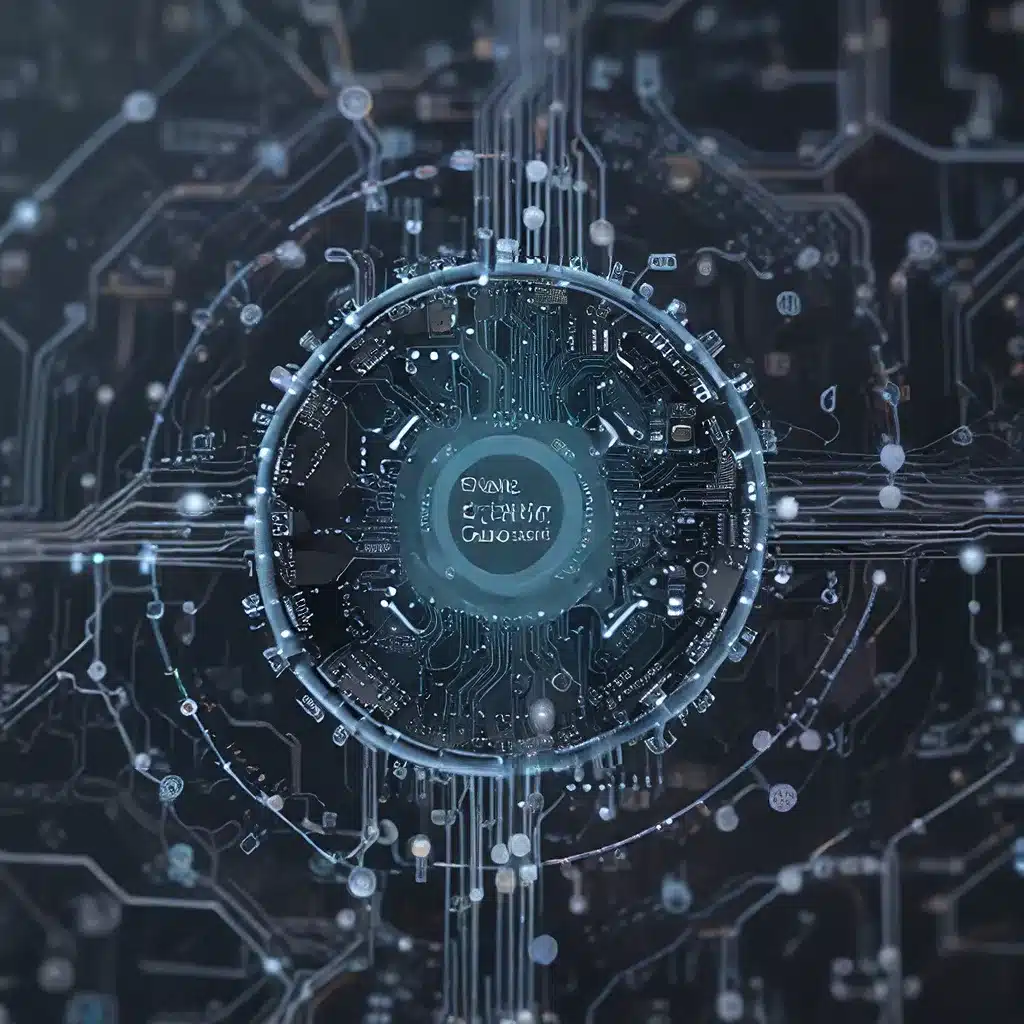
In the rapidly evolving world of the Internet of Things (IoT), sensor networks play a crucial role in enabling a diverse range of applications, from smart cities and industrial automation to environmental monitoring and healthcare. As IoT ecosystems become increasingly complex, integrating and calibrating these sensor devices seamlessly is paramount to ensure reliable, accurate, and interoperable data collection.
The Challenge of Sensor Calibration in Heterogeneous IoT Environments
IoT systems are inherently heterogeneous, comprising a wide array of sensors, communication protocols, and computing platforms. This diversity can pose significant challenges when it comes to sensor calibration, as each device may have its own unique requirements, characteristics, and calibration procedures. Ensuring accurate and consistent data across these disparate sensor networks is a complex task that requires specialized protocols and techniques.
According to recent research, the lack of standardized sensor calibration processes is one of the primary barriers to achieving seamless integration in heterogeneous IoT ecosystems. Sensor drift, environmental factors, and manufacturing variations can all contribute to measurement inaccuracies, which can have far-reaching consequences for IoT applications.
Leveraging Sensor Calibration Protocols for Improved Integration
To address these challenges, researchers and industry leaders have developed a range of sensor calibration protocols that aim to provide a more robust and consistent approach to sensor integration in IoT environments. These protocols often leverage techniques such as in-situ calibration, auto-calibration, and multi-point calibration to ensure accurate and reliable sensor data.
In-Situ Calibration
In-situ calibration is a technique that involves calibrating sensors directly in their operational environment, rather than in a controlled laboratory setting. This approach takes into account the specific environmental conditions and physical constraints of the deployment, allowing for more accurate and representative calibration.
Recent research has shown that in-situ calibration can significantly improve the accuracy of sensor measurements, particularly in IoT applications where environmental factors play a crucial role in sensor performance.
Auto-Calibration
Auto-calibration is another technique that aims to simplify the calibration process by automating key steps. This approach often involves the use of machine learning algorithms or sensor fusion techniques to continuously monitor sensor performance and adjust calibration parameters as needed, without requiring manual intervention.
By leveraging auto-calibration, IoT systems can adapt to changing environmental conditions, sensor degradation, or other factors that may affect measurement accuracy over time. This helps to ensure data quality and consistency throughout the lifetime of the IoT deployment.
Multi-Point Calibration
Multi-point calibration is a more comprehensive approach that involves calibrating sensors at multiple reference points or operating conditions. This technique helps to capture the non-linear characteristics of sensors and provides a more accurate representation of their performance across a range of input levels or environmental conditions.
Research has shown that multi-point calibration can significantly improve the accuracy and reliability of sensor measurements, particularly for applications that require high-precision data, such as industrial automation or scientific research.
Integrating Sensor Calibration Protocols into IoT Architectures
To effectively integrate sensor calibration protocols into IoT architectures, it is essential to consider the specific requirements and constraints of the target application. This may involve factors such as energy efficiency, computation resources, network topology, and data processing capabilities.
For example, in a low-power IoT network where sensors are powered by battery or energy-harvesting technologies, the calibration process may need to be optimized for minimal energy consumption. In this case, auto-calibration techniques that can adapt to changing conditions without intensive computational resources may be more suitable.
Conversely, in high-performance IoT applications, such as industrial automation or scientific research, multi-point calibration may be necessary to achieve the required level of precision and accuracy, even if it comes at the cost of increased computational overhead or network bandwidth usage.
By carefully selecting and integrating the appropriate sensor calibration protocols, IoT system designers can ensure seamless integration, reliable data collection, and consistent performance across heterogeneous sensor networks, ultimately enabling a wide range of innovative IoT applications.
Emerging Trends and Future Developments
As the IoT landscape continues to evolve, researchers and industry experts are exploring new sensor calibration techniques and integration strategies to address the growing complexity of these systems. Some of the emerging trends and future developments in this field include:
-
Adaptive and Context-Aware Calibration: Leveraging machine learning and artificial intelligence to develop sensor calibration protocols that can dynamically adapt to changing environmental conditions, sensor degradation, or other contextual factors.
-
Distributed and Edge-based Calibration: Shifting calibration processes closer to the sensor devices themselves, either through edge computing or decentralized architectures, to reduce latency, improve responsiveness, and enhance overall system resilience.
-
Sensor Fusion and Multi-Modal Calibration: Combining data from multiple sensor modalities (e.g., temperature, humidity, pressure) to enhance the accuracy and reliability of calibration, particularly in complex or dynamic environments.
-
Blockchain-based Calibration Tracking: Utilizing blockchain technology to create a secure, decentralized, and transparent record of sensor calibration history, enabling better traceability, auditing, and compliance in critical IoT applications.
-
Standardization and Interoperability: Continued efforts to develop industry-wide standards and reference architectures for sensor calibration, facilitating seamless integration and interoperability across diverse IoT ecosystems.
As the Internet of Things continues to transform industries and revolutionize how we interact with the world around us, the critical role of sensor calibration protocols in ensuring reliable, accurate, and interoperable data collection will only become more pronounced. By embracing these emerging trends and advancements, IoT system designers and developers can pave the way for a future where sensor networks are seamlessly integrated, adaptable, and responsive to the ever-changing needs of our increasingly connected world.
To explore more about the latest developments and best practices in sensor networks and IoT, visit the Sensor Networks Organization website.